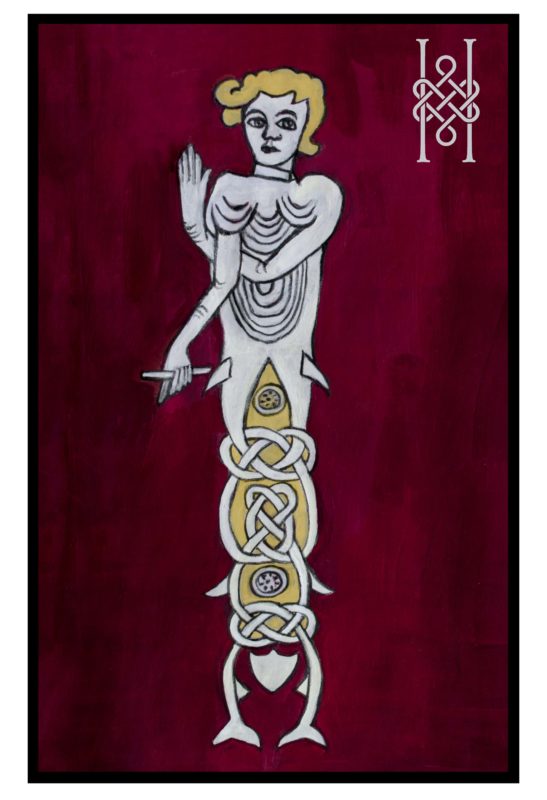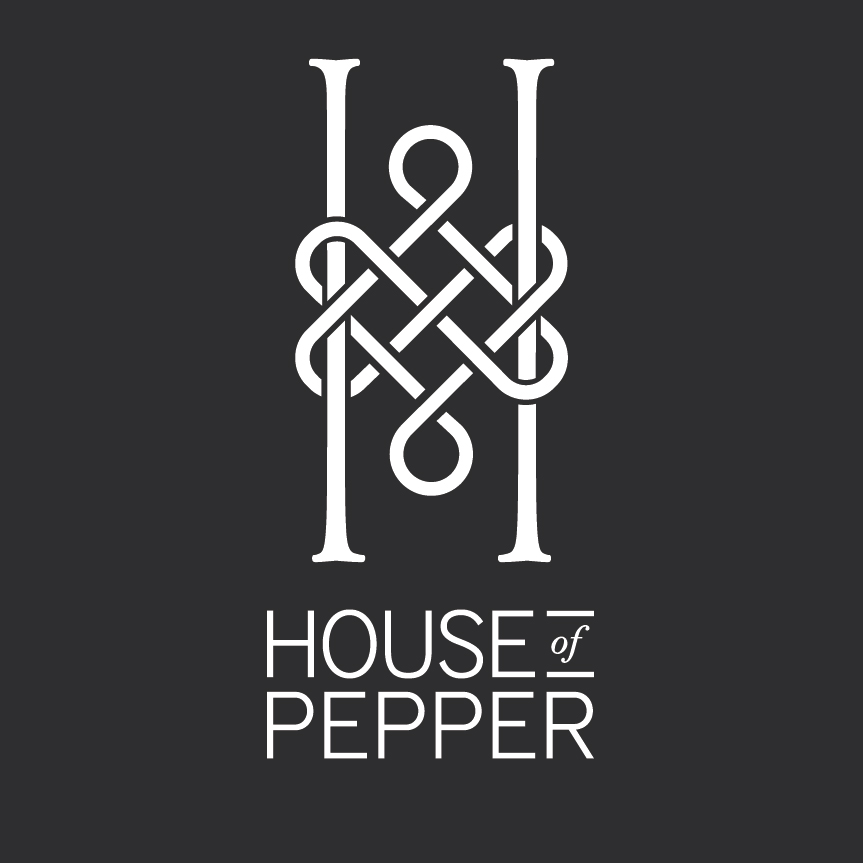Wisdom of the Celts
This is a drawing taken from the Book of Kells of the Finfolk Man from Celtic mythology. I found him in George Bain’s book Celtic Art: Methods of Construction.

Finfolk Man from the Book of Kells
Finfolk Man is a legend from the stormy seas surrounding the Isles of Scotland. He is tall and has a sad face and an athletic body with muscle tone that is shown by the repeating semi-circular lines on his chest and arms. The Finfolk Man is amphibious and has the fins of a fish on his legs. He also has magical powers and can control the weather around the Isles of Orkney and the Shetlands where the Finfolk people live.
Finfolkaheem
The Finfolk people live in Finfolkaheem in an underwater palace and garden paradise surrounded by coloured seaweed and phosphorescent sea creatures. They live there in the winter and, in the summer live on the hidden island home called Hildaland.
Finfolk do not like Humans
The Finfolk people do not like humans. They especially dont like them fishing in Finfolk waters and have been known to bore a surreptitious hole in the bottom of trespassing boats. Humans are sometimes kidnapped and taken to the mystical island of Hildaland to be married and become a husband or wife to the Finfolk.
It is known that the Finfolk can be deterred and will turn away from the sign of the Christian cross which they don’t like. They do like silver however and will go after silver coins if humans toss them about in the water.
Not to be confused with the Mer People
The Finfolk people are fully humanoid except for the females who have a fishtail from the waist down when born. When mature this tail splits into two legs. These people should not be confused with the Mer people who have fishtails and are known as Mermaids and Mermans. Finfolk are very territorial and have the power to foresee human fate. This is why they often laugh at funerals and cry at births.
Features of the Finfolk Man
Hidden in the wonderful Book of Kells we find this little drawing of the Finfolk legend. This semi-realistic figure, as the Scottish teacher-artist George Bain writes, is still true to the laws of nature, regardless of the body elongation and the interlacing of the legs. The body is still vertical and humanoid with two legs, arms, trunk, and a head. This is the same logic as with the Tree of Life motif. We can see that the life flows from the roots (in a flowerpot) to the trunk, limbs and a cornucopia trumpet sprouting leaves and fruit in the Tree of Life motif.
George Bain also points out that the origins of this Celtic manuscript style were found in the three-dimensional arts. For example, the carver, metal craftsman, sculptor, and textile embroiderer. The attention to detail, he observes, is drawn with these three-dimensional artisans in mind. Painters and illustrators work with two dimensions on the flat surface, they create an illusion not a real object. The interlacing and knotwork detail and the ability to stand up without falling over is considered carefully. It is possible that the Finfolk Man could be made into a self-portrait and sculpture and stand in a Gallery.
The medieval monk artists have illuminated a myth from ancient Celtic wisdom. I hope you like him. He is waving to you.
This page and image can be printed and used for education purposes only.
